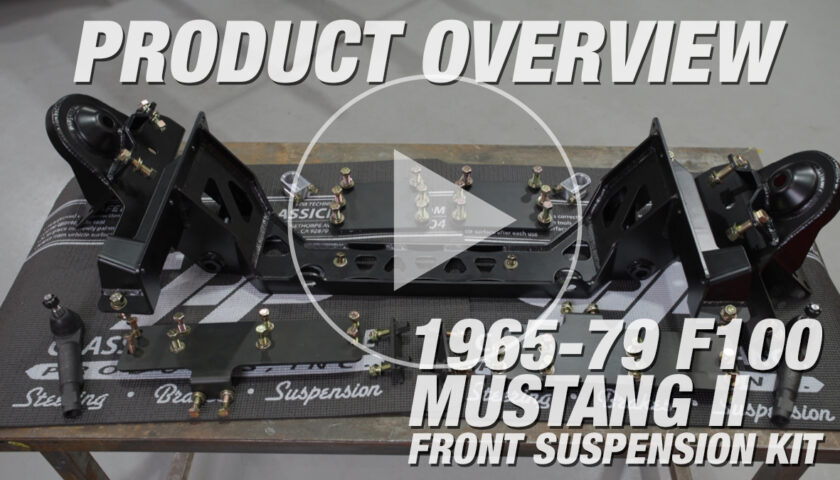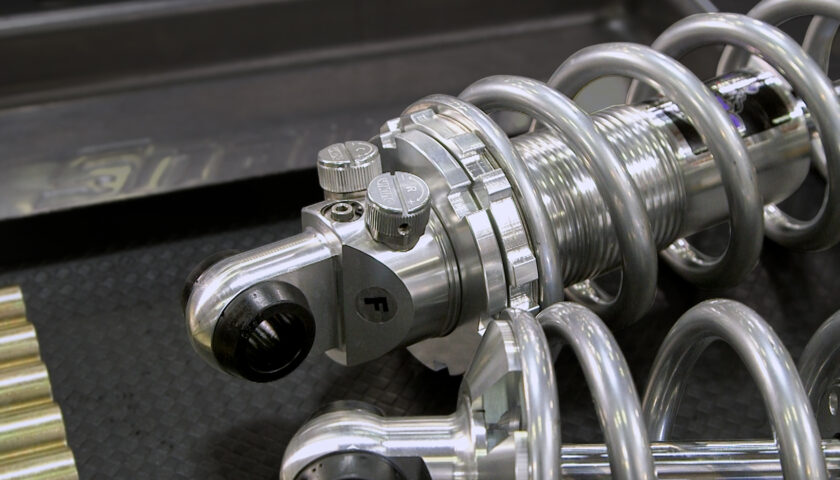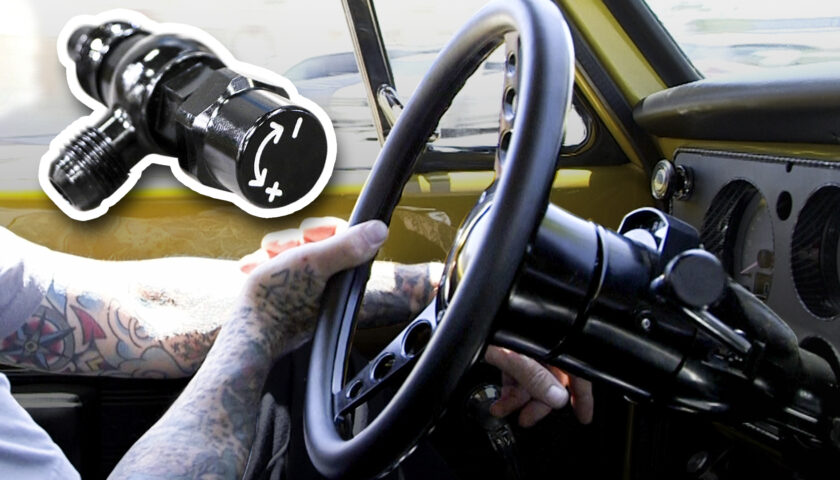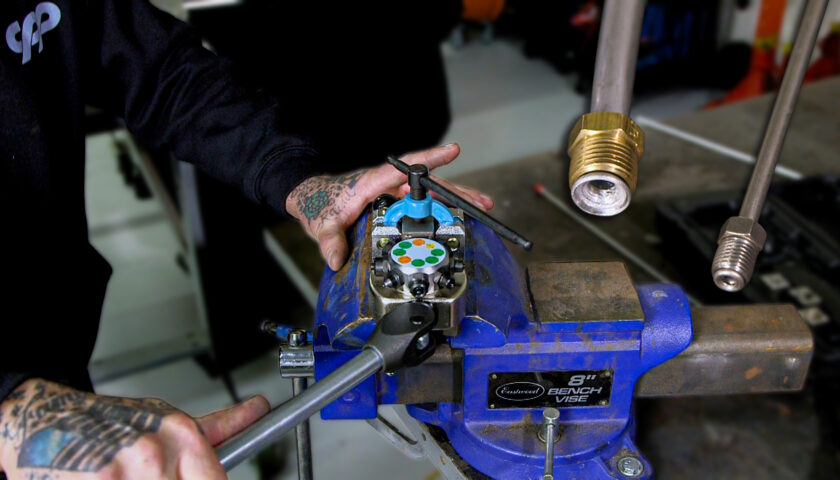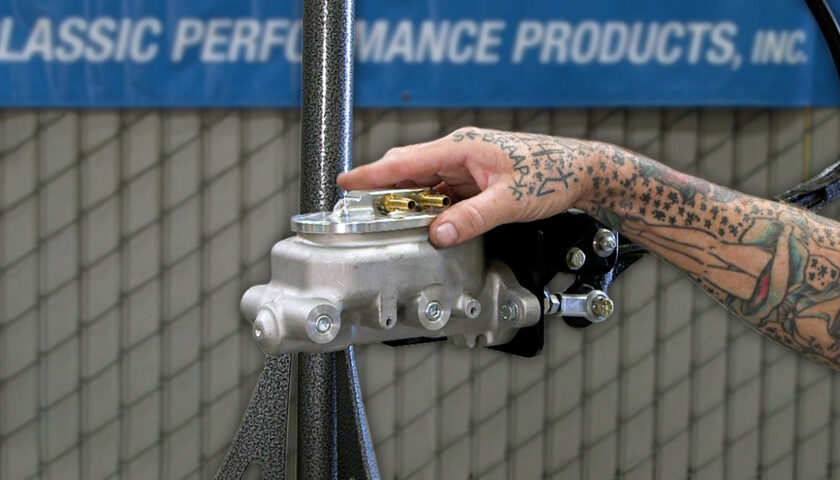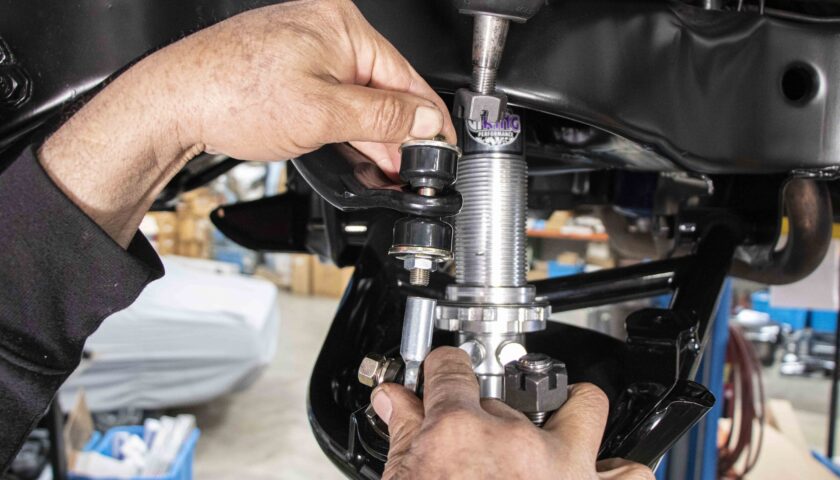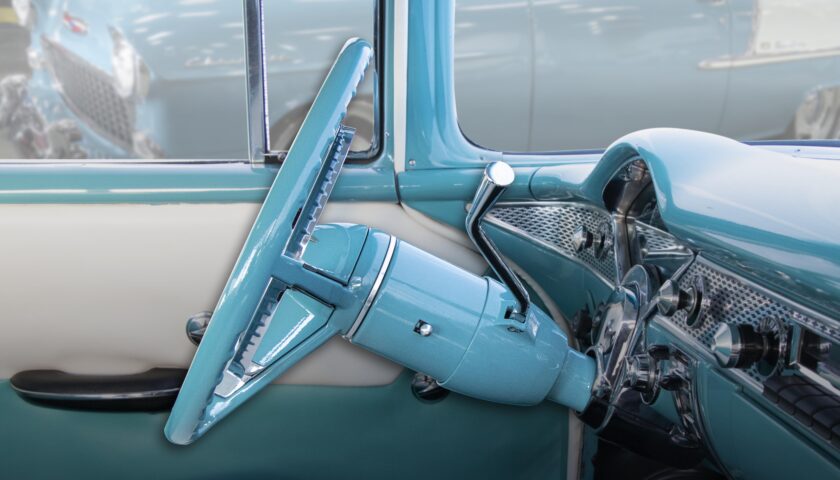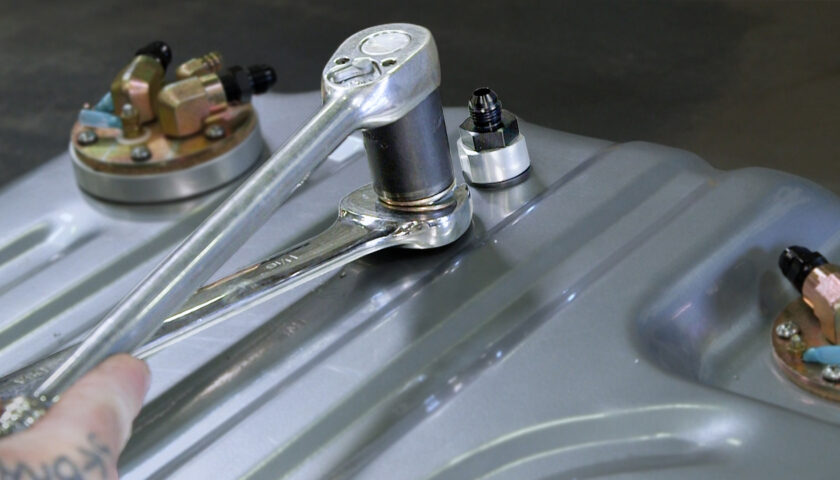Here at CPP we get a lot of good questions from customers who are installing our parts. Since we are known for our brakes, a lot of those questions have to do with the braking systems on classic cars and trucks. A common question, and the one we are discussing today, is “does gravity bleeding work?”
Gravity bleeding is a term that gets tossed around quite often. Because of this, there are plenty of myths and general misunderstandings surrounding the term.
See more tech tips from Team CPP here
What is Gravity Bleeding?
To start off, let’s go over what gravity bleeding is in the first place. When people refer to gravity bleeding, they usually mean opening one or all of the bleeder screws on a vehicles brakes and letting brake fluid drip out.
Does Gravity Bleeding Work?
Well, it depends on what task you are attempting to accomplish. If you are trying to bleed the air out of your brake system, the answer is a resounding no.
By simply allowing the brake fluid to move from a firewall mounted master cylinder reservoir to the brake calipers (or wheel cylinders) using gravity, the fluid is moving too slowly. All the air that was in your lines before trying to gravity bleed will still remain in the lines. If you watch the above video, you’ll see a demonstration of this.
The only way to get those air bubbles out of your brake system is by moving a high volume of fluid through very quickly. This is where the traditional method of bleeding your brake system becomes crucial. If you’re not familiar on how to properly bleed brakes, check out our Disc Brake & Power Steering Installation, Technical & Troubleshooting Guide.
What is Gravity Bleeding Good For?
Gravity bleeding, while it is not so great for getting the air out of your system, is a great way to get brake fluid to all four calipers on a new install.
How to Gravity Bleed
- Make sure to bench bleed your master cylinder prior to installation.
- Remove the lid on your firewall mounted master cylinder reservoir and check fluid level. Add more fluid as needed.
- Open the bleed screws at all four corners to allow fluid to drain from the master cylinder down to each caliper or wheel cylinder
- To avoid spilling brake fluid, use a small hose connected to each bleed screw and let the fluid drain into a container.
- Once fluid begins to drip out of each bleed screw you can close them.
- Proceed to properly bleed your brake system.
Again, for more information on brake system installation, click here: Disc Brake & Power Steering Installation, Technical & Troubleshooting Guide

